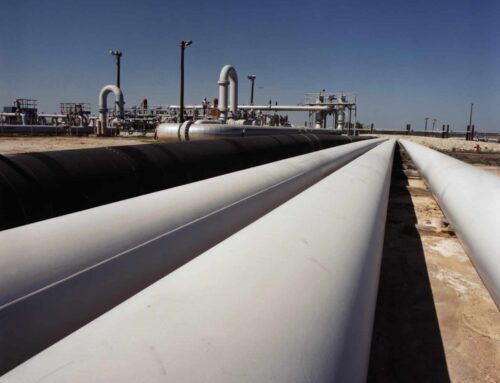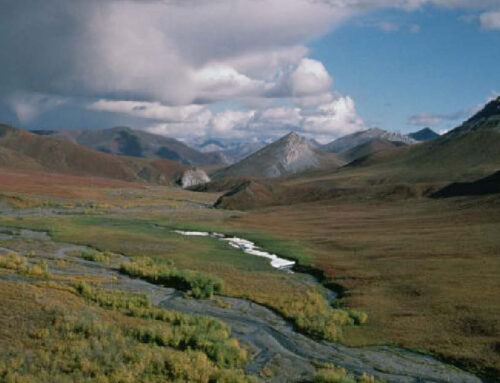Overview
Under the General Mining Law of 1872, mining companies pay no royalties to the federal government for hardrock minerals extracted from taxpayer-owned lands. This is a one-of-a-kind subsidy not offered to any other industry operating on federal property. Over the past century, the value of federal mineral resources has been recognized through the establishment of royalty programs for coal, oil, natural gas and common variety minerals. Similar efforts to establish a federal royalty for hardrock mineral extraction have not been successfully pursued, even though charging royalties for hardrock mineral extraction on state, private, and tribal lands nationwide continues to be a widely accepted practice. The estimated value of hardrock minerals extracted from federal lands annually is $1 billion. Omission of these minerals from federal royalty takings is projected to have cost U.S. taxpayers $100 million.i
The Issue
Most mining ventures – except for hardrock mines – operating on federal lands are required to pay royalties to the U.S. government. Royalties for mineral and energy resources such as oil and natural gas range from 12.5 to 25 percent of their total sales value with most leases retaining a substantial 16.7 percent royalty rate.ii Coal mine operators pay a royalty of between 8 and 12.5 percent.iii
The National Mining Association acknowledged this trend, noting that an “eighty-eight percent drop [in] U.S. development expenditures by precious metals producers,” from 1996 to 1999 “coincided with an estimated 452 percent rise in such expenditures by the same companies [operating] in South America.”v Adoption of a federal royalty on hardrock minerals would not notably alter the current downward trend of mineral exploration on federal lands, but instead would offer long awaited returns of hundreds of millions of dollars to American taxpayers.
- Federal Onshore Royalties 2006vi:
Gas and Natural gas = $2,414 million
Coal = $508 million
Hardrock Minerals = $ 0
- Estimated hardrock royalty revenue foregone : = $ 100 millionvii
i Based on a ten percent royalty on the gross value of the Congressional Budget Office’s (CBO) estimate of $1 Billion per year for hardrock minerals extracted. Budget Options, option 300-5, page 67, available here (pdf).
ii Minerals Management Service, Mineral Revenues 2000, Department of Interior, 2000, p. 33.
iv See endnote 2, p. 95-99.
v National Mining Association, Making a National Minerals Policy and Priority, available here. Accessed 7/22/2002.
vi Onshore Royalty figures from the Minerals Management Service, Federal Onshore Reported Royalty Revenues Fiscal Year 2006, available here.
vii Estimate of hardrock royalty revenue foregone based on a ten percent royalty of CBO estimate for hardrock minerals extracted as cited in endnote 1.











Get Social